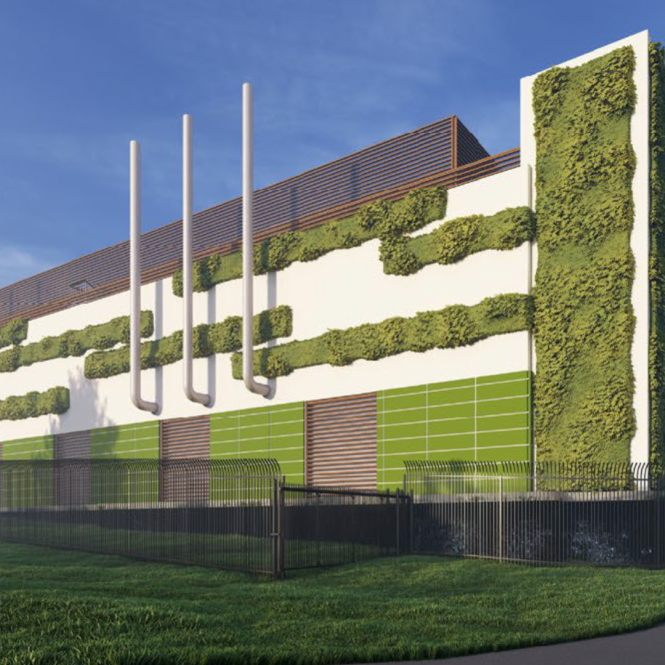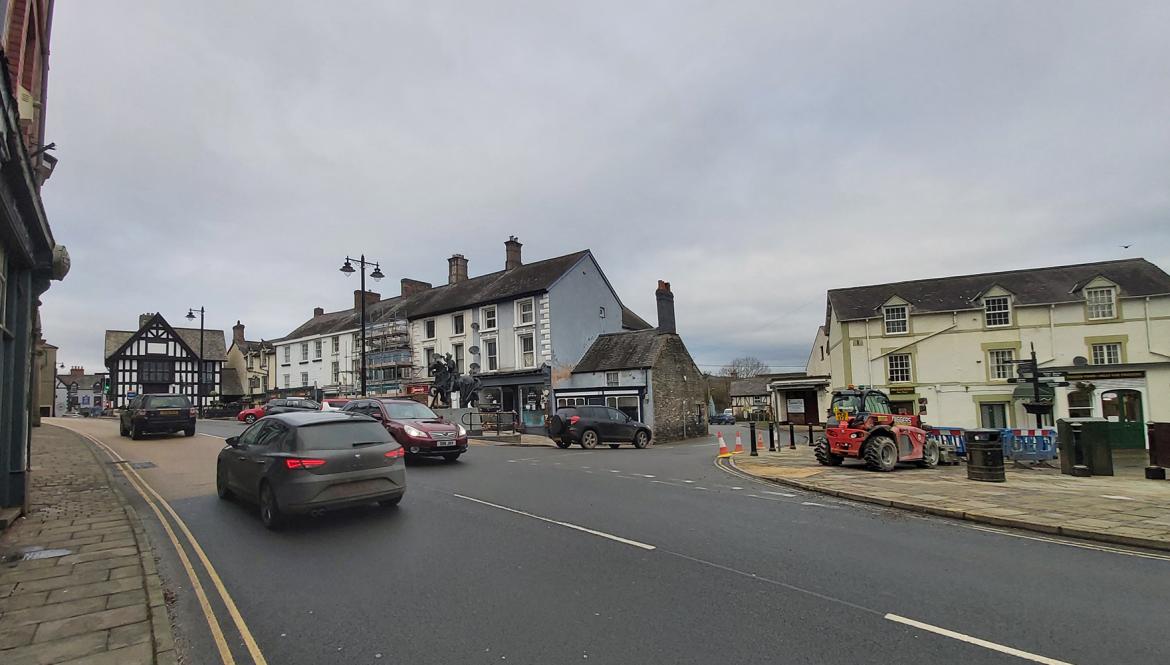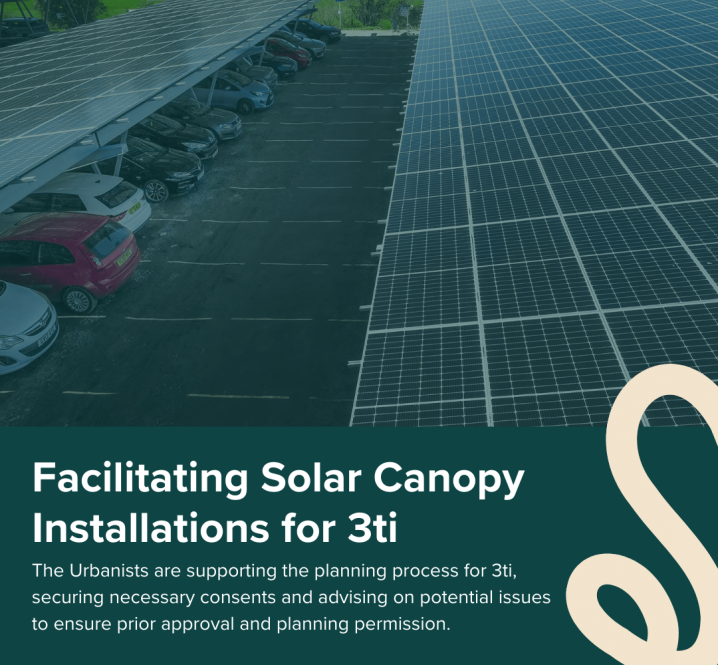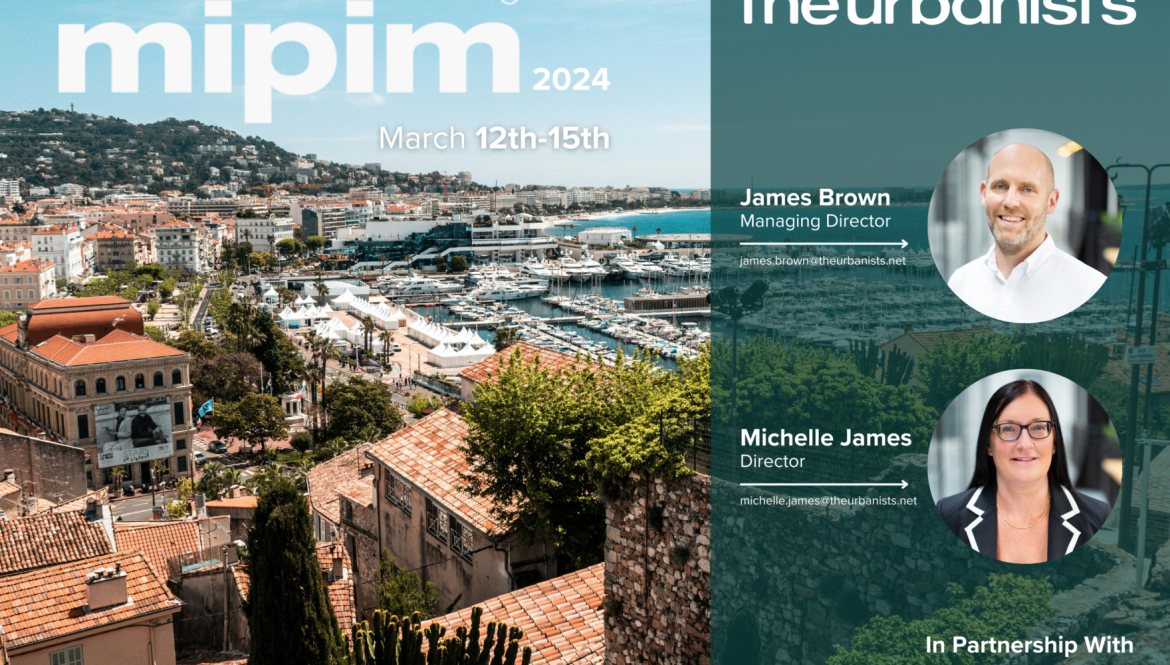Reflecting on Edlogan Wharf: How Design Matures into Place
Revisiting Edlogan Wharf, South Sebastopol
At The Urbanists, reflecting on completed projects is just as important as designing them. Our recent return to Edlogan Wharf, a significant phase of the wider South Sebastopol housing development in Cwmbran, provided an opportunity to see how our early urban design and masterplanning concepts have matured into a thriving, lived-in community.
This retrospective review allowed us to assess the performance of our design strategies over time, providing valuable insights to inform future housing projects.
From Vision to Community
As Urban Design and Masterplanning Consultants on behalf of Taylor Wimpey, The Urbanists were involved in key stages of Edlogan Wharf’s development process. This included:
- Creating a Development Brief and Concept Masterplan for the outline planning application
- Preparing the Planning Layout and supporting materials for the Reserved Matters application
- Collaborating with partners including WPM Planning, Quad Consult, Soltys Brewster, and Asbri Planning

The project demanded a sensitive response to a complex site characterised by steep undulating topography, mature individual trees and woodland, public rights of way, and ecological constraints. Our design approach focused on balancing the need for high-quality new homes with the preservation and enhancement of natural features while integrating the development into the surrounding context.
Key Design Principles That Shaped Edlogan Wharf
1. Landscape-Led Masterplanning
Green corridors, hedgerows, and woodland buffers were retained and enhanced, supporting biodiversity and helping the development blend with its rural surroundings.
2. Connectivity & Movement
Pedestrian and cycle links connect Edlogan Wharf both internally and externally, aligning with the wider South Sebastopol masterplan and promoting active travel.
3. Central Open Space
At the heart of the development, a generous public open space serves as a recreational and social hub, well-protected by surrounding homes to promote natural surveillance and community interaction.
4. Sustainability Measures
Sustainable Drainage Systems (SuDS) were integrated from the outset to manage surface water and reduce flood risk, while landscaping strategies enhanced ecological value and supported long-term resilience.
5. Housing Diversity
A carefully composed mix of housing types and densities ensures inclusivity and efficient land use - accommodating diverse community needs and promoting a sense of belonging.

Reflections from the Site
Our post-occupancy review revealed how these strategies have played out in practice. Residents are actively using the central green space, walking and cycling routes are well embedded in daily routines, and biodiversity features are establishing as intended.
Most importantly, Edlogan Wharf feels like a place, not just a scheme. This distinction is at the core of our urban design philosophy: creating communities that are connected, resilient, and built around people.
Applying Lessons to Future Projects
As the UK continues to face a housing shortage, with over 300,000 homes needed annually, designing new neighbourhoods that balance housing delivery with sustainability and placemaking is more critical than ever.
The lessons learned at Edlogan Wharf are informing our approach to future projects, helping us design places that are more sustainable, inclusive, and responsive to both site context and evolving community needs.
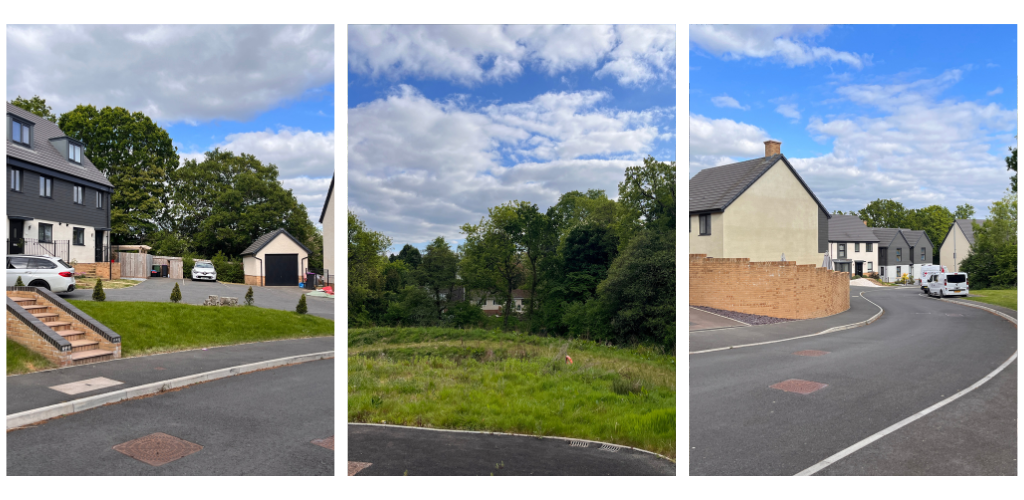
Want to Design Places That Last?
At The Urbanists, we’re passionate about shaping places that grow stronger with time through thoughtful planning, design, and collaboration. If you’re working on a project that demands sensitivity, ambition, and long-term thinking, we’d love to hear from you.
Get in touch - info@theurbanists.net

